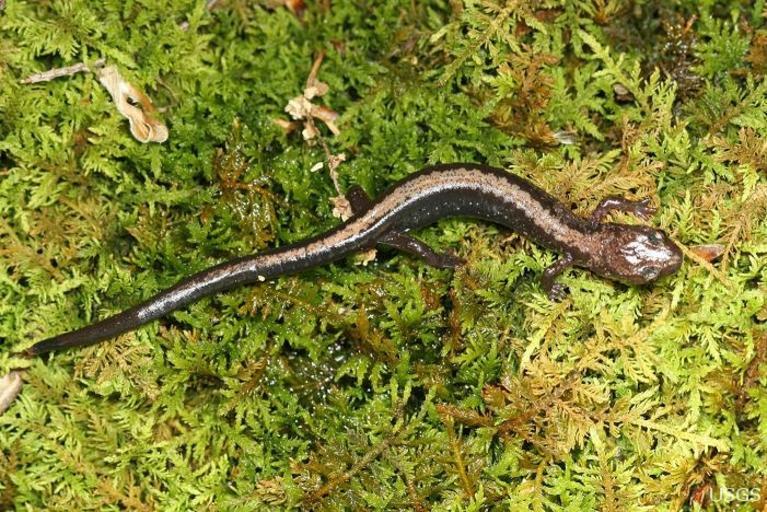MAKE A MEME
View Large Image

| View Original: | Shenandoah_Salamander_and_Climate.jpg (701x468) | |||
| Download: | Original | Medium | Small | Thumb |
| Courtesy of: | www.flickr.com | More Like This | ||
| Keywords: salamander shenandoah shenandoah national park shenandoahnationalpark biology ecosystem ecology climate change climatechange climate usgs science amphibian animal outdoor bird lizard The Shenandoah salamander is a small, terrestrial woodland salamander found only within the Shenandoah National Park. Salamanders are important, ecologically, because of their predation on insects and other invertebrates, soil aeration and influence on soil dynamics brought about by burrowing, and they are a food source to other forest animals. Their predation on insects also influences ecosystem processes such as decomposition.Like other high-elevation species, this salamander is severely threatened by climate change, which is expected to result in dramatic temperature and moisture changes in the Appalachians. Credit: Matthew Stover, USGS. The Shenandoah salamander is a small, terrestrial woodland salamander found only within the Shenandoah National Park. Salamanders are important, ecologically, because of their predation on insects and other invertebrates, soil aeration and influence on soil dynamics brought about by burrowing, and they are a food source to other forest animals. Their predation on insects also influences ecosystem processes such as decomposition.Like other high-elevation species, this salamander is severely threatened by climate change, which is expected to result in dramatic temperature and moisture changes in the Appalachians. Credit: Matthew Stover, USGS. | ||||